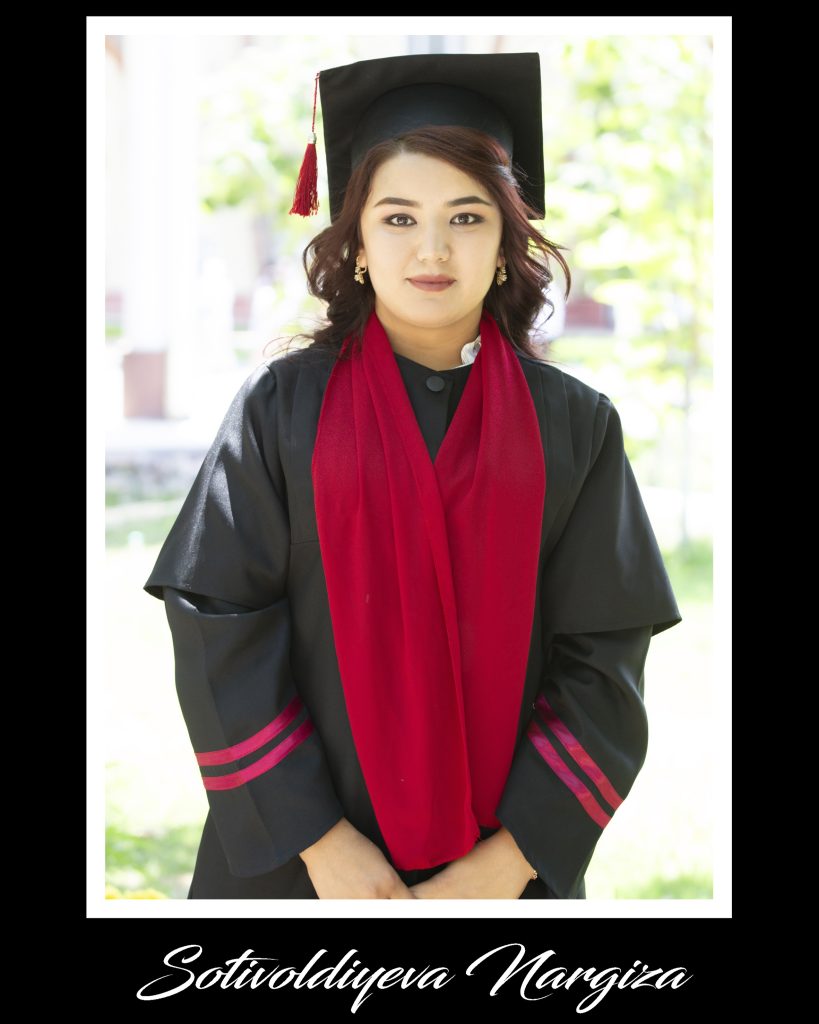
Illuminating the Soul: The Life and Literary Heritage of Aleksandr Fainberg
Throughout human history, literature has remained one of the most enduring and universal forms of artistic expression, uniquely capable of capturing the breadth and depth of the human soul while offering solace, reflection, and a profound sense of emotional resonance. It serves not merely as a vehicle for communication, but as a mirror of human experience, a repository of collective memory, and a medium through which individuals and societies alike explore their innermost thoughts, values, and aspirations. Every moment of our lives, every fleeting instant, becomes enriched and illuminated through the subtle harmonies, metaphors, and rhythms of literary expression.
Within this vast and complex landscape of literary achievement, Aleksandr Arkadeyevich Fainberg occupies a particularly distinguished and noteworthy position. Among the pantheon of poets who have contributed to the enrichment of literature through their singular voices and imaginative brilliance, Fainberg stands out for his ability to merge intellectual depth with lyrical sensitivity, creating works that resonate profoundly with readers across generations. In the context of Uzbek poetry, to describe Fainberg as a radiant star illuminating the literary horizon is no exaggeration; his poetry embodies both aesthetic sophistication and emotional intensity, qualities that have ensured its enduring appeal.
Fainberg’s oeuvre, remarkable in its originality and depth, has left an indelible imprint on Uzbek literary tradition. His works are celebrated not only for their artistic innovation and mastery of form, but also for their capacity to engage with the cultural, social, and philosophical currents of his time. Literary critics and readers alike have consistently recognized the enduring value of his contributions, acknowledging both the subtlety of his imagery and the universality of the human experience conveyed through his verse. In doing so, Aleksandr Fainberg has secured his place among the most influential and respected figures in modern Uzbek literature, ensuring that his legacy will continue to inspire and shape literary discourse for generations to come.
Aleksandr Fainberg was born on November 2, 1939, in the Jukovskiy neighborhood of Tashkent. After completing his seven-year schooling, he enrolled at the Tashkent Topography Technical College, where he studied to become a geologist. During his time at the college, Fainberg traveled extensively across the various regions of Uzbekistan, immersing himself in the country’s unparalleled natural landscapes, which would later inspire much of his poetic imagery.
After graduating from the Technical College, Fainberg continued his education at the Faculty of Journalism at Tashkent State University. It was during his university years that he published several poetry collections, including Moments (“Lahzalar”), Distant Bridges (“Uzoq Ko‘priklar”), Conquer the Sky (“Osmonni Bos”), and Etude. Fainberg’s literary contributions, however, were not limited to his own poetry. He also gained recognition as a skilled translator, bringing the works of notable Uzbek poets to Russian-speaking audiences. Among his translations are Erkin Vohidov’s epic poem Revolt of the Immortals (“O‘lmaslar Isyoni”) and selected poems by Adulla Oripov, Xosiyat Rustamova, Omon Matchon, and Sirojiddin Said. These translations were later published in his collection Chigir.
Fainberg’s poetry exemplifies not merely a technical command of language, but also an extraordinary and deeply felt reverence for the art of poetry itself. Each of his works demonstrates meticulous attention to rhythm, structure, and imagery, revealing a poet who approaches language with both precision and passion. Beyond the mechanics of verse, Fainberg’s writing conveys a profound philosophical and emotional sensitivity, reflecting his capacity to capture the subtleties of human experience, the beauty of the natural world, and the complexities of social and cultural life. In this way, his poetry becomes more than literary expression; it transforms into a space where intellect and feeling, observation and imagination, converge, offering readers a profound encounter with the power and dignity of the poetic art form.
The luminous star of Uzbek poetry, Aleksandr Arkadeyevich Fainberg, passed away on October 14, 2009, leaving behind a rich and enduring legacy that continues to illuminate the landscape of Uzbek literature. His life and work remain a testament to the transformative power of poetry, reflecting a rare synthesis of intellectual depth, artistic sensitivity, and profound humanism. In recognition of his invaluable contributions, a statue was erected in his honor at the Alley of Writers, ensuring that future generations can remember and celebrate his achievements as both a poet and a cultural figure.
Fainberg’s work has continued to attract the attention of literary scholars and critics, who tirelessly explore the layers of meaning, imagery, and thematic complexity within his poetry. A notable example of this scholarly engagement is G. V. Malikhina’s master’s thesis, “The Structure of Artistic Images and Thematic Dominants in A. A. Fainberg’s Lyrics,” which highlights not only the structural sophistication of his works but also their enduring significance in the broader context of Uzbek literary heritage. Such studies underscore the depth of Fainberg’s artistic vision and the lasting impact of his contributions on both contemporary and future generations of readers and writers.
In celebration of his life and literary achievements, I recently organized a special event dedicated entirely to Aleksandr Fainberg. The program focused on his biography and creative legacy, aiming to introduce participants to the richness and depth of his work. The event featured interactive elements, including quizzes and competitions, designed to engage attendees and deepen their understanding of Fainberg’s contributions to Uzbek literature. Through these activities, participants were able to explore not only the milestones of his life but also the thematic and artistic dimensions of his poetry, fostering both appreciation and critical engagement. Events such as this not only honor Fainberg’s enduring influence but also ensure that new generations of readers and literature enthusiasts continue to be inspired by his luminous legacy.
Aleksandr Fainberg’s poetry and translations have left an indelible imprint on the hearts and minds of literary scholars, readers, and enthusiasts alike. His voice continues to resonate as a shining example of artistic excellence, embodying the timeless qualities of creativity, cultural insight, and emotional resonance. Through his works, Fainberg not only enriched Uzbek literature but also inspired a deeper appreciation for the poetic art, leaving a legacy that will continue to guide and influence the literary world for years to come.
Bahodirova Odina Azamat qizi, Uzbekistan State World Languages, Email: bahodirovaodina72@gmail.com




